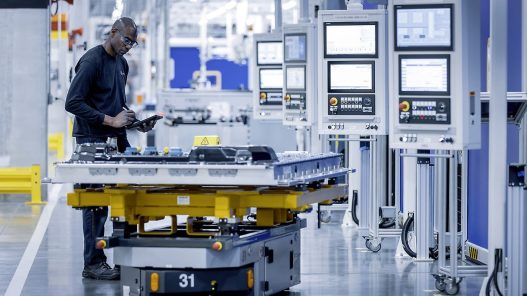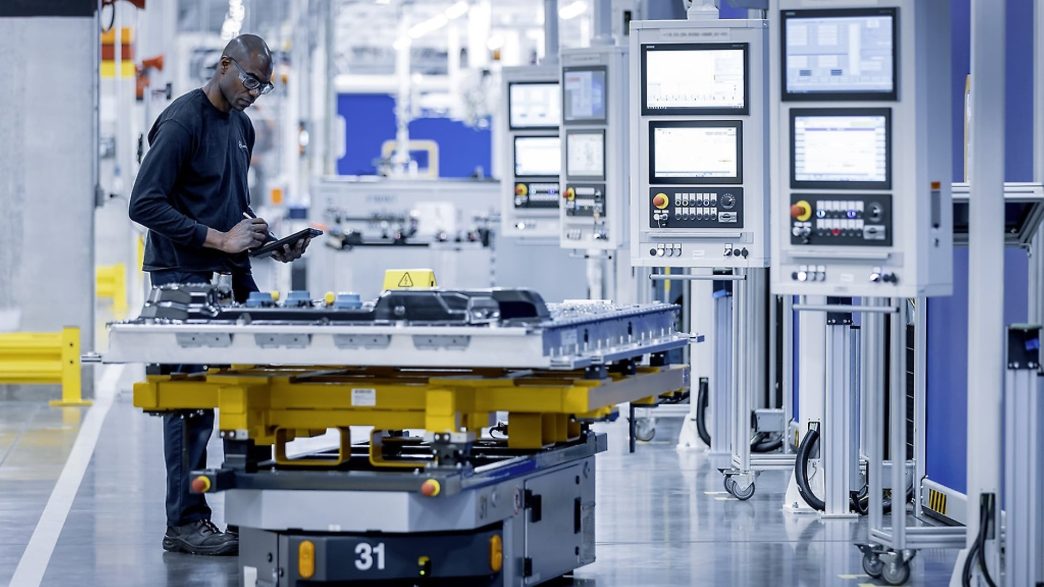The automotive industry got a jolt of exciting news today as Mercedes-Benz announced plans to expand production of its popular GLC SUV at its Alabama plant. This strategic move underscores the German automaker’s commitment to strengthening its U.S. manufacturing footprint while meeting growing demand for its luxury vehicles. Let’s dive into what this means for Mercedes-Benz, the U.S. auto market, and car enthusiasts eagerly awaiting the next GLC.
Why Alabama?
Mercedes-Benz has been a fixture in Alabama since 1997, when it began producing vehicles at its Tuscaloosa County plant. The facility already churns out models like the GLE, GLS, and the electric EQS SUV, making it a cornerstone of the company’s North American operations. Adding the GLC SUV—a top seller in the compact luxury SUV segment—to the production line is a natural fit. The GLC’s blend of sleek design, advanced tech, and versatile performance has made it a favorite among U.S. buyers, and local production could streamline supply chains and reduce costs.
This decision also aligns with broader industry trends. With tariffs and trade uncertainties looming—more on that in our next article—automakers are doubling down on domestic production to hedge against import costs. By building the GLC in Alabama, Mercedes-Benz can better navigate potential trade barriers while reinforcing its “Made in the USA” credentials.
What’s Next for the GLC?
The GLC SUV is a critical piece of Mercedes-Benz’s portfolio, competing head-to-head with rivals like the BMW X3, Audi Q5, and Lexus NX. While specific details about the Alabama-produced GLC models haven’t been fully disclosed, we can expect the same premium features that define the lineup: cutting-edge driver-assistance systems, hybrid powertrain options, and a luxurious interior. Production is slated to ramp up later in 2025, potentially boosting availability for U.S. customers who’ve faced tight inventories due to global supply chain challenges.
This move could also create a ripple effect. Increased production may lead to more competitive pricing, especially if Mercedes-Benz passes on savings from reduced import costs. Plus, the Alabama plant’s expansion could bring new jobs to the region, further cementing Mercedes-Benz’s role as an economic driver in the state.
The Bigger Picture
Mercedes-Benz’s announcement comes at a pivotal moment for the U.S. auto industry. With consumer demand for SUVs showing no signs of slowing, automakers are racing to localize production and adapt to shifting trade policies. The Alabama plant’s enhanced role positions Mercedes-Benz to stay agile in a market where flexibility is key. It’s also a signal to competitors that the German automaker is ready to defend its turf in the luxury SUV segment.
For fans of the GLC, this is great news: more vehicles, potentially shorter wait times, and a boost to American manufacturing. Keep an eye on Mercedes-Benz’s updates as production gears up—2025 is shaping up to be a big year for the GLC and the Alabama plant. Stay tuned for more automotive news as we track the industry’s evolution!





















